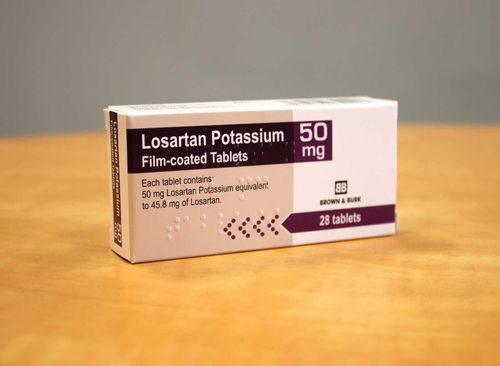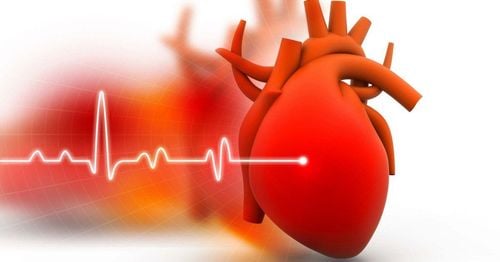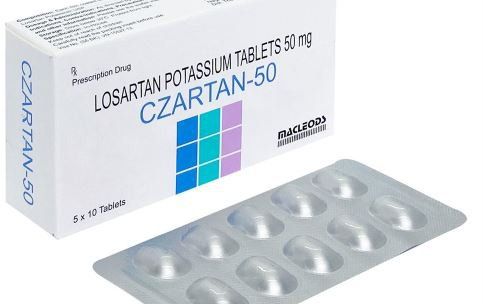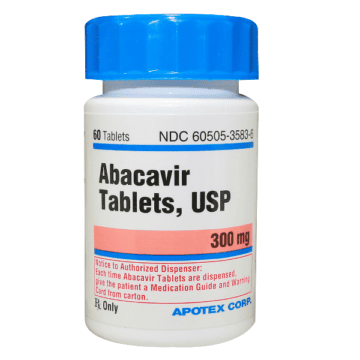This is an automatically translated article.
Valsacard contains valsartan as an active ingredient. This is an angiotensin receptor blocker prescribed for use in adults and children 1 year of age and older to reduce high blood pressure. Valsacard can also be used alone or in combination with other blood pressure medications to treat heart failure and other related problems.
1. What are the uses of Valsacard?
Valsacard contains valsartan which is an angiotensin receptor blocker. The drug is also known as an angiotensin-II receptor antagonist. You will be prescribed when you have high blood pressure (hypertension), or heart failure, heart attack ...
Valsartan works by blocking the effects of a chemical called angiotensin II. Angiotensin II causes blood vessels to narrow, so by blocking the effect, valsartan will allow blood vessels to dilate and widen. When this happens, the pressure in the blood vessels will drop and it will be easier for the heart to pump blood around the body. Valsartan also helps protect the heart after a heart attack.
2. Things to note before taking Valsacard
Before you start taking Valsacard it is important to tell your doctor about the following:
If you are pregnant, trying to have a baby or are breast-feeding. If there is a problem with the kidneys, especially if it is a blockage of the artery that supplies blood to the kidneys. If there are any problems with the heart valves or the heart muscle. Have problems with how your liver works, or if you have a condition that blocks the flow of bile from the liver. If you are being treated at the same time with other drugs. This includes any existing medications that are available to buy without a prescription, as well as herbal medicines and supplements.
3. How to take Valsacard
Before using, it is necessary to read carefully the information about Valsacard and the possible side effects when taking the drug.
Take Valsacard exactly as your doctor tells you to, like once or twice a day depending on the indications. At the beginning of treatment, the doctor may gradually increase the dose of Valsacard to suit the patient's condition.
Try to take Valsacard at the same time of day as prescribed at the same time every day. Swallow the tablet with water and can be taken before or after a meal.
If you forget your medication, take a dose when you remember. If it is almost time for your next dose when you remember, take your next dose and skip the missed dose.
4. Things to watch for when treating with Valsacard
Treatment with Valsartan patients should try to visit regularly with the doctor so that the progress of the disease can be monitored and blood pressure measured.
If you want to take any more medicines, ask your pharmacist if it is appropriate to take Valsacard with Valsacard. This is because some anti-inflammatory pain relievers (such as aspirin and ibuprofen) can interfere with how they work and can also increase the risk of side effects.
It is very important to follow any diet and lifestyle advice given by your doctor to help manage the disease more effectively.
5. What are the possible side effects of Valsacard?
Valsacard can cause serious side effects, as follows:
5.1 Low blood pressure Low blood pressure can happen with Valsacard, especially when you first start taking it and this can make you feel cold. feel lightheaded. Feeling lightheaded is more likely if:
Take diuretics or become dehydrated (reduced body fluids) from vomiting and diarrhea Are on a low-salt diet or sweat excessively Have dialysis treatment or have heart disease Not drinking enough water At this point, the person should lie down if they feel light-headed, dizzy or faint. Then call your doctor immediately for instructions.
5.2 Kidney problems Kidney problems can get worse in people who already have kidney disease or heart problems. Your doctor may do a blood test to check for this.
5.3 Increased blood potassium Some people may experience increased blood potassium during treatment with Valsacard. Your doctor may do blood tests to check potassium levels as needed.
5.4 Other side effects Other common side effects of Valsacard when used to treat include:
Dizziness, headache Flu symptoms Fatigue Stomach pain Diarrhea Joint and back pain Fatigue In short, Valsacard, which contains valsartan, belongs to a class of drugs known as angiotensin II receptor antagonists, which help control high blood pressure. Angiotensin II is a substance in the body that causes vasoconstriction, thereby causing blood pressure to rise. By blocking the effects of angiotensin II, valsacard works to relax blood vessels and lower blood pressure as well as help stabilize hemodynamics in heart failure and after myocardial infarction.
Please dial HOTLINE for more information or register for an appointment HERE. Download MyVinmec app to make appointments faster and to manage your bookings easily.













